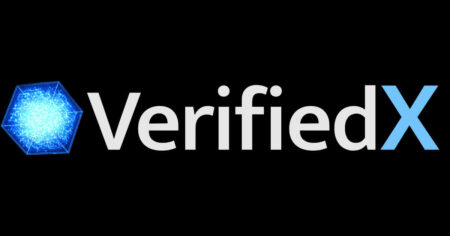To reveal or not to reveal? That is starting to become the question when it comes to data on the blockchain.
Transparency and immutability might disable the control of data by large power structures, yet on an individual level there remains a desire for personal ownership. A balance must be achieved.
Is it naive to think about having it both ways? Power to the people, please; in both senses: free all of the information from the iron grip of big monopoly, but let us exercise a little personal autonomy over our individual parts.
Is that too much to ask? It’s not. Nevertheless, liberating user data from corporate control shouldn’t open the door to criminal activities.
Crypto mixers have allowed individuals to reclaim ownership of their transactional data. Happily, they shed 1-3% of the value to anonymize a transaction. That’s what crypto users want, need, or deserve, so they utilize them. Great. But now everyone is mixing together – clean and dirty. It is thus inevitable when big legislation shows up to investigate.
In October, the Financial Crimes Enforcement Network (FinCEN) proposed regulating crypto mixers as “a primary money laundering concern.” There have always been concerns over the ability to encrypt and obfuscate the origin of funds, but the weight behind them has recently intensified. Binance was sued by Israeli hostages for enabling the financing of Hamas, and FinCEN has also reported on Bitcoin’s use in child exploitation and human trafficking. It goes without saying that something needs to be done.
Intervention from FinCEN, whilst justified, could result in excessive reporting and inconsistencies that penalize innocent everyday economic activity. The intended balance between transparency and data ownership will further disorientate.
The Blockchain Association also pointed out that “overbroad anti-money laundering requirements could drive digital asset businesses to other less regulated countries.” In this instance, there would be a backfiring in which U.S Law Enforcement would have even less access to information on suspicious activity.
It’s clear that a blanketed crackdown on exchanges, mixers, and protocols could do more harm than good. America’s Credit Unions called for a level of compromise — suggesting amendments to the frequency and limitations of reporting and recordkeeping. But middle-of-the-road solutions from any external source still don’t suffice or sit well.
The duty lies with those immersed in the blockchain space.
Whilst Chainalysis recently reported a decrease in both the value and volume of cryptocurrency crimes in 2023, there is still no denying the level of cleaning up that there is to do. If Web3 wants autonomy over transparency and ownership of data, it needs responsible mechanisms that foster authenticity and trust from within. To filter out illicit activity, there must be prevention and cure.
Prevention has to be the priority. I’ve always wondered: why open the door for criminals in the first place? Most exchanges and mixers will let the illicit parties come in, but won’t let them go out when they want to exit. This is clearly ineffective: they can just stay put and send money inside the protocol, risking other users’ wallets.
This can change. Don’t let them in. We need mass adoption of smart bouncers. Chainalysis-informed smart contracts can act as intelligence officers guarding the doors to an ecosystem. All transactions received by a wallet can be checked immediately, with any illicitly sourced funds automatically exposed and redirected. There is no need to allow the infiltration of any ecosystem in the first place. Furthermore, scrutinizing specific transaction details enables the protocols to trace the flow and source of funds.
If protocols, ecosystems, and exchanges deployed this strategy on a mass scale, Web3 would be doing its due diligence and FinCEN would not need to intervene. These preventative measures would further reduce the volume and value of illicit activity across the board.
And beyond prevention? Back it up with the cure of selective transparency. Users who are innocent and clean should be able to decide on which data points they wish to reveal or conceal. If the system is being consistently and thoroughly filtered, users must be trusted with their own data. ZK-proofs and off-chain computations enable them to obfuscate transaction details from the public whilst sharing them with trusted parties. The autonomy to reveal on request should be left with the end user.
Instead of fearing, complaining, and protesting against interference from centralized crime enforcement, the Web3 community should seize accountability. FinCEN and other external regulators’ involvement, or non-involvement, is in our hands.
Read the full article here









